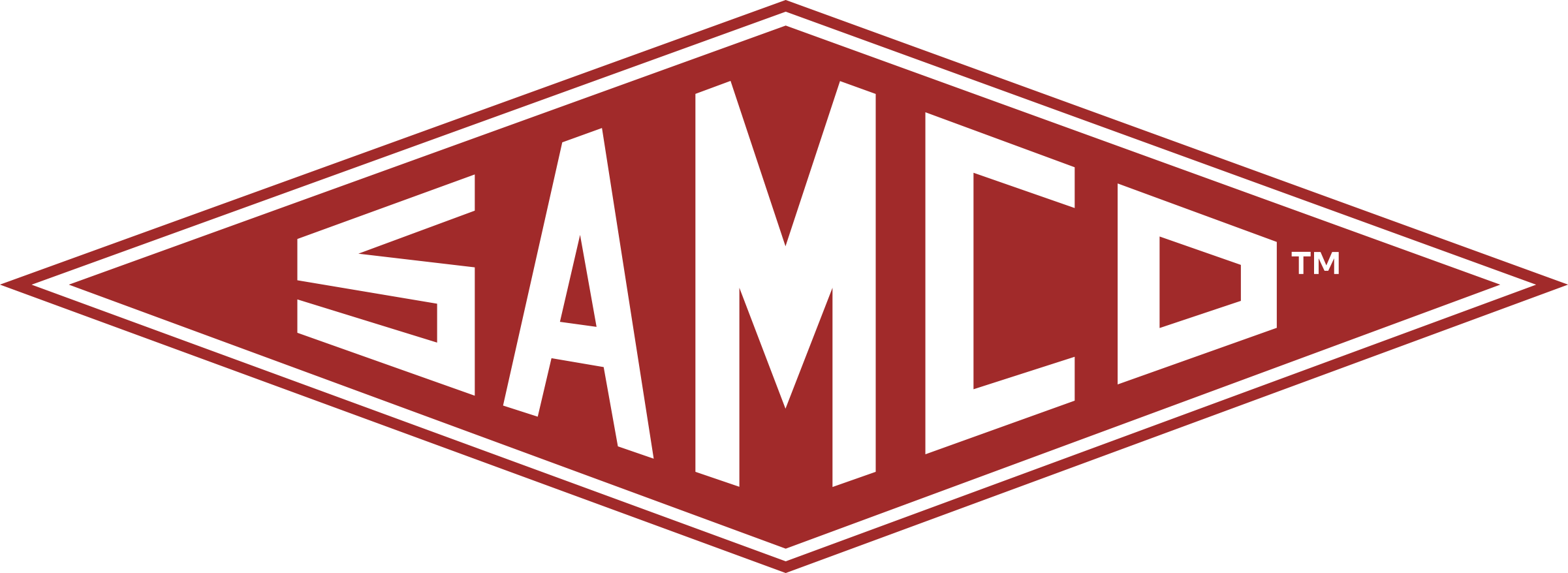
Ultimate Guide to Piston and Rod Repair
Reciprocating gas compressors play a crucial role in various industries, providing the power needed to compress gas for various applications. Among the essential components of these compressors are pistons and rods, which are subjected to high levels of stress and require proper maintenance and occasional repair. In this ultimate guide, we will dive deep into the world of piston and rod repair on reciprocating gas compressors, discussing common problems, repair techniques, and preventive measures to ensure optimal performance and longevity.
Understanding Piston and Rod Components:
Before delving into repair techniques, it is essential to understand the key components involved. The piston compresses gas inside the cylinder during the compression stroke. The rod connects the piston to the crankshaft via a crosshead and connecting rod. Over time, wear and tear, high temperature, and other factors can lead to various issues that necessitate repairs.
Identifying Common Problems:
Regular inspections are vital for detecting potential problems in piston and rod components. Excessive vibration, loss of compression, increased operating temperatures, and unusual noises are signs pointing towards potential problems.
Repair Techniques:
- Piston Ring Replacement: Damaged or worn piston rings can lead to gas blow-by and reduced efficiency. To replace the piston rings, the cylinder head must be removed, and the old rings carefully removed. Care should be taken to install the new rings correctly, ensuring the proper ring gap and avoiding any potential damage.
- Rod Bearing Replacement: Worn or damaged rod bearings can cause excessive vibration and reduced compressor performance. To replace the rod bearings, the connecting rod assembly must be disassembled. The old bearings are removed, and new ones are installed in their place. Proper lubrication is vital during reassembly to ensure smooth operation.
- Cylinder Refurbishment: If the cylinder wall shows scoring or wear, reconditioning or honing may be necessary. After disassembling the compressor, the cylinder wall is bored and honed to remove any damage, ensuring a smooth surface for the piston rings to seal against.
Preventive Measures:
While repair techniques are essential for maintaining compressors, preventive measures can significantly extend the lifespan of pistons and rods. Regular inspections, routine lubrication, and cleanliness are vital. Additionally, monitoring and controlling operating temperatures, pressures, and gas composition can help identify potential issues before they become critical.
Conclusion:
Piston and rod repair in reciprocating gas compressors is essential to ensure optimal performance and longevity. Understanding the key components, identifying common problems, and applying appropriate repair techniques are crucial steps in maintaining these vital machines. By incorporating preventive measures and regular inspections, we can effectively minimize the frequency and severity of repairs, saving time and costs while maximizing the efficiency of gas compression systems. Contact Samco today to learn more!
